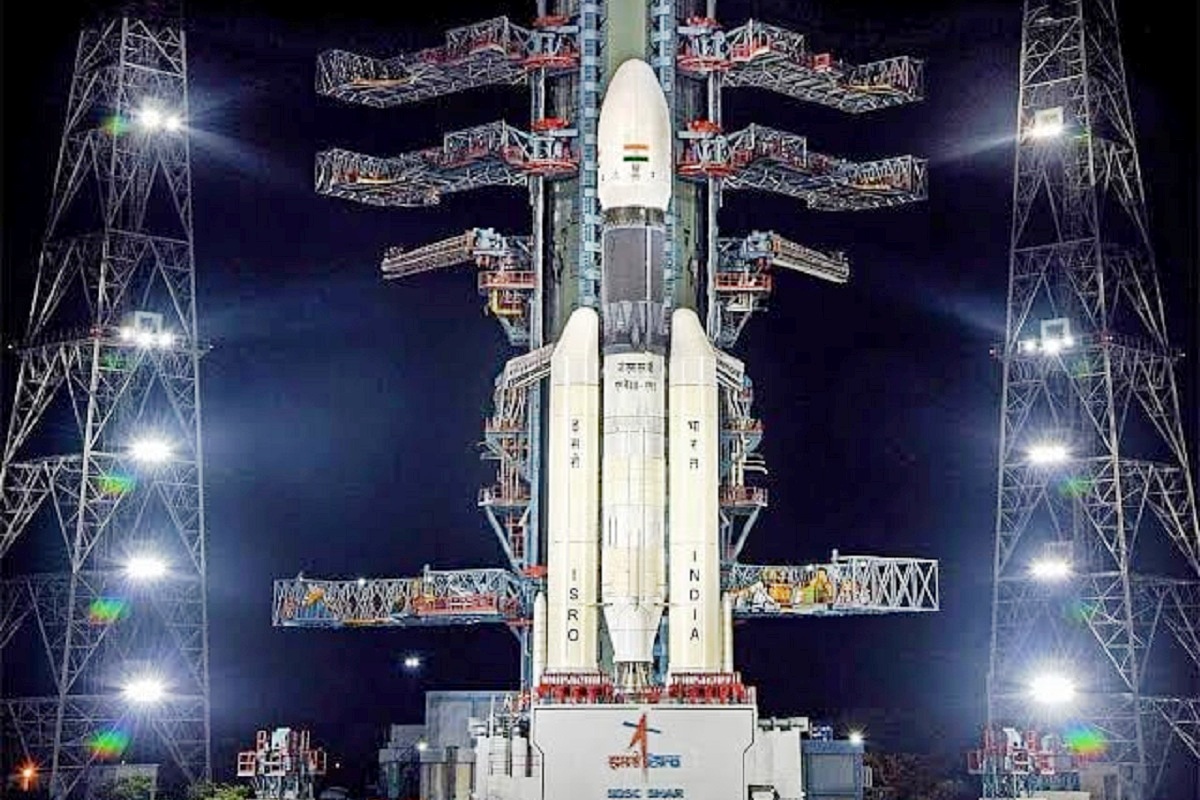Once upon a time, India was called the ‘Country of Snake Charmers’, but now India is on its way to becoming a ‘Country of Space Charmers’, a superpower in the space world as well. In the last three years, India has transformed its role in the space sector. Before 2014, where there was only one technology space start-up related to this sector in India, now the number of such registered start-ups in India has reached 140. Along with this, India’s share in the private space sector has also increased. It may be noted that earlier our share was less than 0.1 per cent, but now it has increased to more than 2 per cent.
Apart from this, the number of such companies which help in developing satellites and rocket engines has gone up to about 400. In terms of providing space services, America is in first place among the major countries, China in second, Japan in third, and Britain in fourth place. India has reached the fifth place, where more than 400 companies are working in the field of space technology. This is a huge achievement. It is estimated that the speed with which space-related start-ups are being set up could propel India to second place in the world after America.
Advertisement
Right now the space economy of the whole world is about Rs 30 lakh crore, in which India’s space economy is valued at Rs 57,431 crore. But in the next five years, it is estimated to increase by 48 per cent annually. If this happens, the country’s space economy could be worth Rs 4.10 lakh crore in this period. Many start-ups in India are no longer limited to manufacturing. Rather, these start-ups are also developing satellites and rocket engines.
Some of these start-ups have set a target of launching 30,000 satellites in the next decade. India has become such a major power in the field of space because Indian companies are no longer thinking of copying or working for western countries, but most are focusing on ‘innovation’. And innovation is the only rocket that can take any country to success. Start-ups in India are working with their own research and teams of capable engineers. It should be known that some of the most capable engineers are deployed here. That is why the biggest companies of the world are queuing up to invest in these start-ups of India. Start-ups have received fresh investments worth Rs 1,000 crore in the last year, and it is growing steadily.
A major reason for this is the programme launched by Prime Minister Modi, whose aim is to make India the world’s biggest power in the field of space. One of the reasons for this success is India’s Space Research Organization (ISRO), which is continuously setting new records in space. ISRO and India’s Department of Space have successfully launched 44 spacecraft missions and 42 launch vehicle missions since 2014. Now America’s space agency ‘NASA’ also wants to work with ISRO. Chandrayaan-3 is completely ‘Made in India’. This is India’s third Chandrayaan mission after the failure of Chandrayaan-2 in 2019. It will be launched at 2.35 p.m. on July 14 from the space centre at Sriharikota in Andhra Pradesh.
The same launching vehicle that was used for Chandrayaan-2 will be deployed. There are many scientific instruments in this vehicle which will study the lunar surface. In March this year, tests of this vehicle were successfully completed. In this, the possible conditions that confront the vehicle were assessed. Chandrayaan-2 was the world’s first mission in its own right to go to the south polar region of the Moon. The south pole is the region called the ‘dark side’ of the Moon, that is where sunlight normally does not reach. The budget of this mission was Rs 978 crore.
This budget in itself was a big achievement. Chandrayaan-3 has three modules namely propulsion, lander and rover. The propulsion module carries an instrument called ‘Spectro Polarimetric of Habitable Planet Earth’ (SHAPE) to study spectral and polar measurements of Earth from lunar orbit, and will take the lander and rover to 100 km of the lunar orbit. In addition, the propulsion module also has a scientific instrument as a value addition, which will be operated after separation from the lander module. Lander-related instruments include the ‘Surface Thermophysical Experiment Lander’ to measure thermal conductivity and temperature; the ‘Instrument for Lunar Seismicity Activity’ to measure seismicity, and the ‘Langmuir Probe’ to estimate plasma density and its variations. is the equipment.
The lander is equipped with the capability to perform a ‘soft landing’ on a designated lunar site and deploy the rover, which will carry out chemical analysis of the moon during its mobility. If the lander of Chandrayaan-3 is successful in landing on the lunar surface, India will become the fourth country in the world to do so after America, Russia and China.
However, even today there are some people in our country who are making fun of the Chandrayaan mission on social media. These are the people who oppose every major initiative, be it Chandrayaan or India’s own Covid vaccine or the new Parliament House. When ISRO launched its first rocket in the 1960s, the rocket and its spare parts were carried to the launching station by cycles and bullock carts. It is a time to reflect on where we have reached.
(The writer is Assistant Professor, Kanpur Institute of Technology.)









